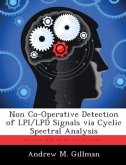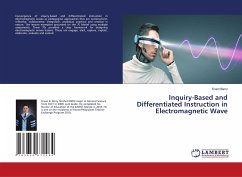The Unified Flow Solver, a hybrid continuum-rarefied code, is used to investigate the internal structure of a normal shock wave for a Mach range of 1.55 to 9.0 for Argon, and 1.53 to 3.8 for diatomic Nitrogen. Reciprocal shock thickness, density, temperature, heat flux, and the velocity distribution function are calculated for a one-dimensional shock wave and compared with experimental data from Alsmeyer and DSMC results from Bird. Using the Euler, Navier-Stokes, BGK model, and Three-Temperature BGK model schemes, results from UFS compare well with experiment and DSMC. The Euler scheme shows atypical results, possibly resulting from modifications made to include internal energies. An entropy spot is introduced into a two-dimensional domain to investigate entropy-shock interactions over a range of Knudsen numbers (Kn=0.01, 0.1, and 1.0) for Mach 2.0 in Argon. Previous work on entropy-shock interactions has only been performed using an Euler scheme. Here, results are presented in Argon using coupled BGK and Navier-Stokes solvers. Density, pressure, and temperature profiles, as well as the profiles of their gradients, are reported at certain times after the entropy spot convects through the shock.








